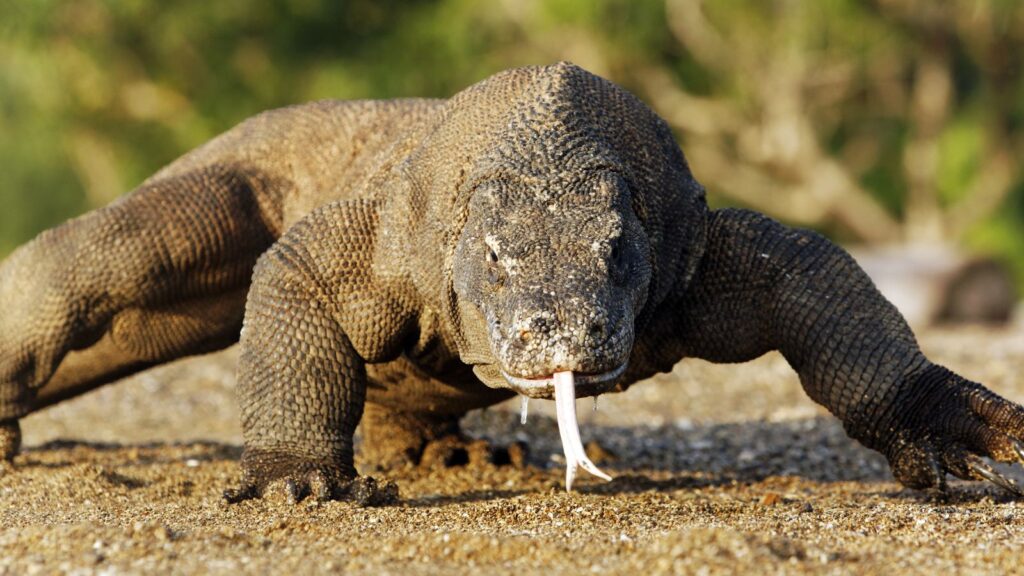Some creatures appear downright terrifying at first glance, but looks can be deceiving. Despite their frightening appearance, many of these animals are actually harmless and even friendly.
Eels
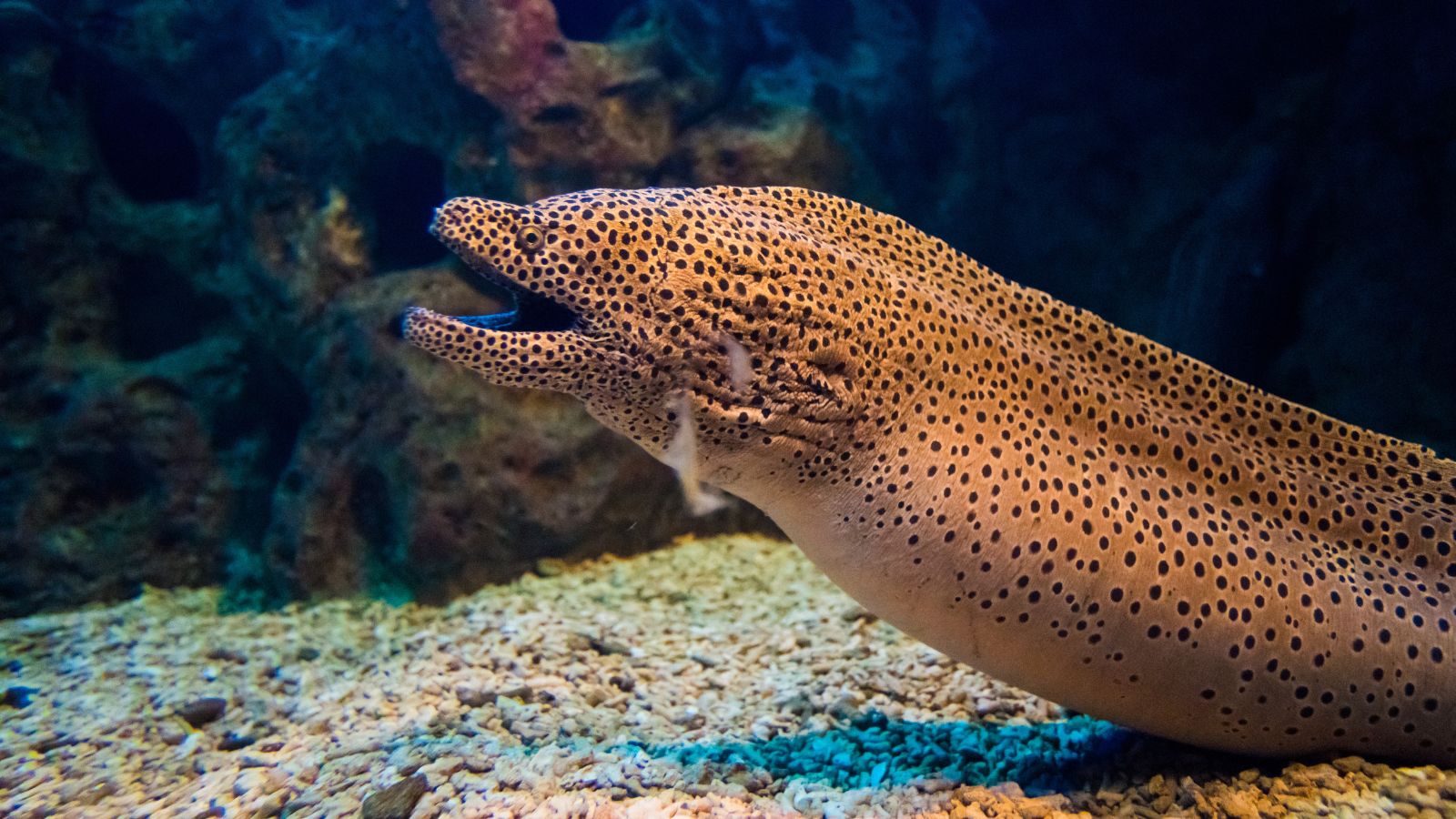
Eels may look menacing but can exhibit a gentler side. Divers have recorded many friendly interactions with these fish, including face nuzzling. However, it’s important to remember not to touch wild animals, including eels, as they may defend themselves if feeling threatened.
Rats

Lots of people have a strong fear of rats, but they’re actually highly social and enjoy interactive play. They can recognize their owners and may even attempt grooming behaviors. Rats are also known to be intelligent and capable of forming strong bonds with humans. According to PETA, “Rats love seeing kind people and will often bounce around waiting to be noticed and picked up.”
Giant African Millipedes

Does the image of a giant African millipede make you quiver in fear? There’s no need! These large millipedes are docile and gentle and can make interesting pets. They do require special care due to their exotic nature but their calm demeanor makes them suitable for handling by enthusiasts.
Whip Scorpions

Despite their fearsome appearance, whip scorpions use their tails for communication, not aggression. They are venom-free and pose no danger to humans—though they certainly look scary enough! Whip scorpions are more likely to flee than fight when encountered, so don’t be nervous.
Vultures
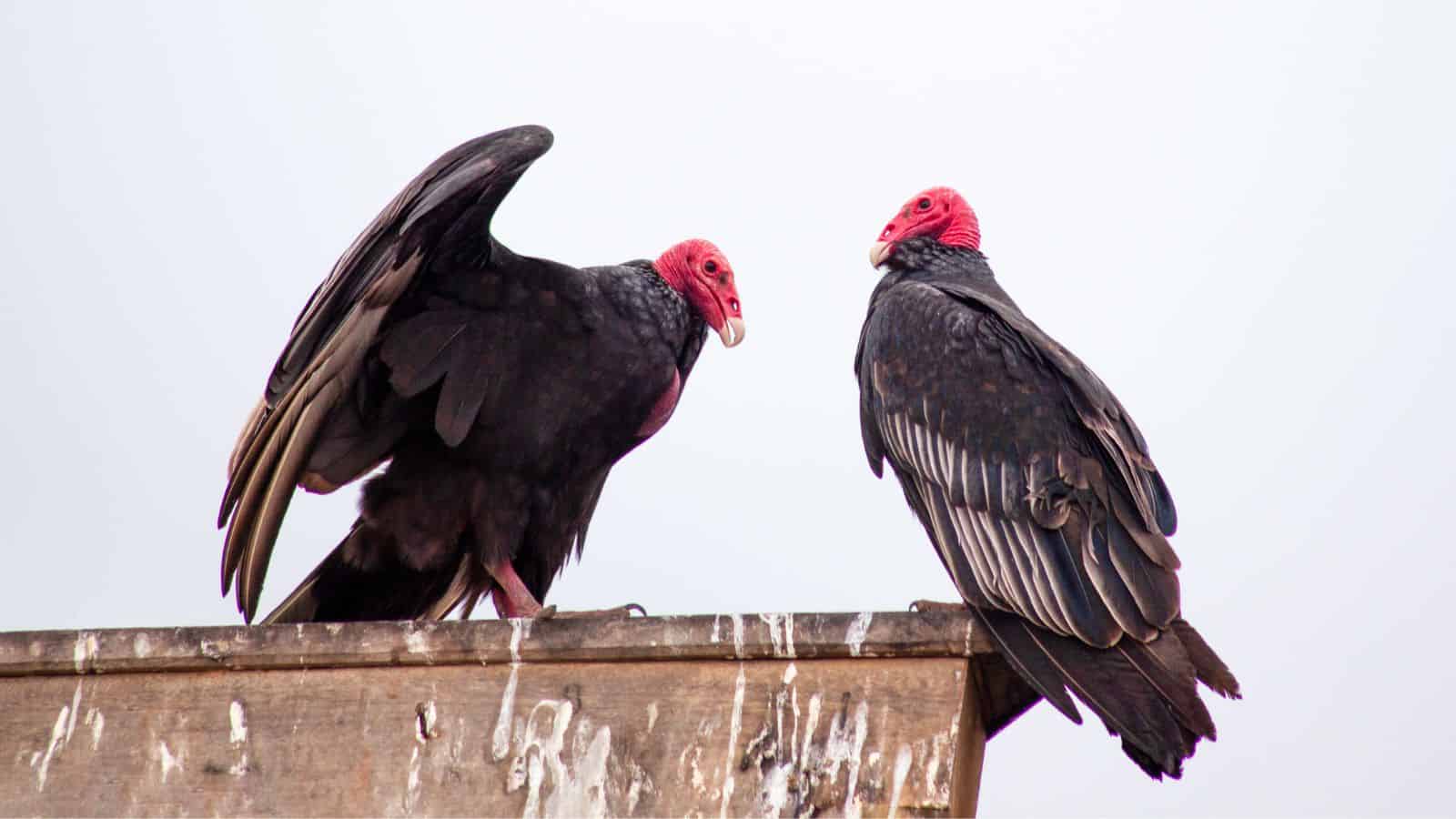
Despite their grim reputation, vultures play a vital ecological role and exhibit strong social bonds. These birds care diligently for their offspring, often feeding them for up to eight months, and they maintain lifelong social relationships, demonstrating a depth of social interaction often overlooked.
Tarantulas

Their size and intimidating appearance immediately scare people, so you may be surprised to learn that tarantulas are actually known for their docile nature. Pet owners describe them as quiet, easy to care for, and surprisingly sweet-tempered. As shared by The Spruce Pets, the Chilean Rose Hair tarantula, in particular, is noted for its calm demeanor.
Vampire Bats
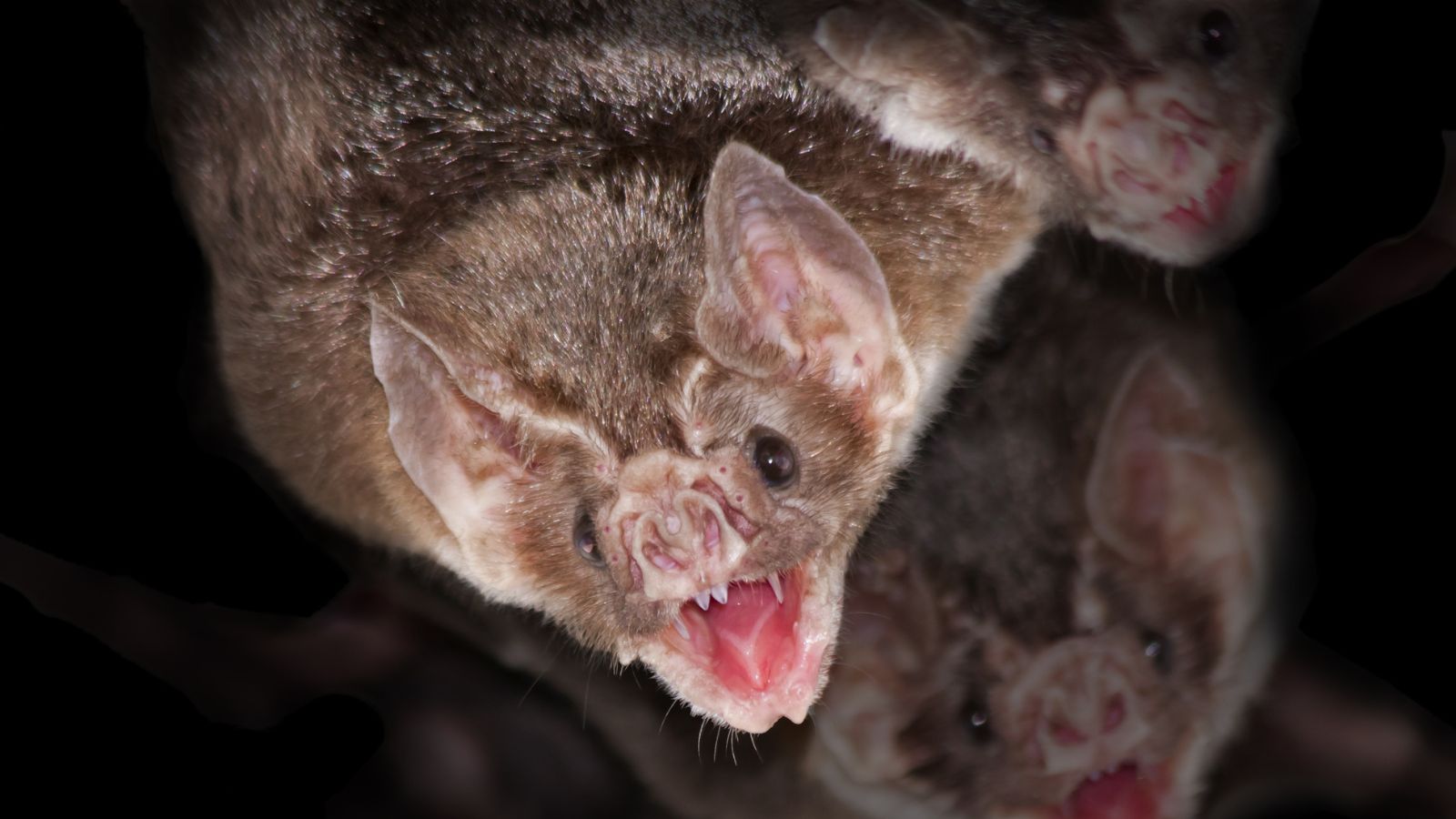
Not only does the appearance of vampire bats scare people but the name itself is quite off-putting. Nevertheless, these nocturnal creatures are more social than scary, showing little threat to humans. Female vampire bats, in particular, form close-knit communities, often caring for each other’s young.
Blue-Tongued Skinks

Known for their affable nature, blue-tongued skink lizards enjoy human interaction. They’re often said to express pleasure when receiving head or chin scratches and can make engaging pets for reptile enthusiasts—that is, if you can get past their terrifying appearance.
Manta Rays
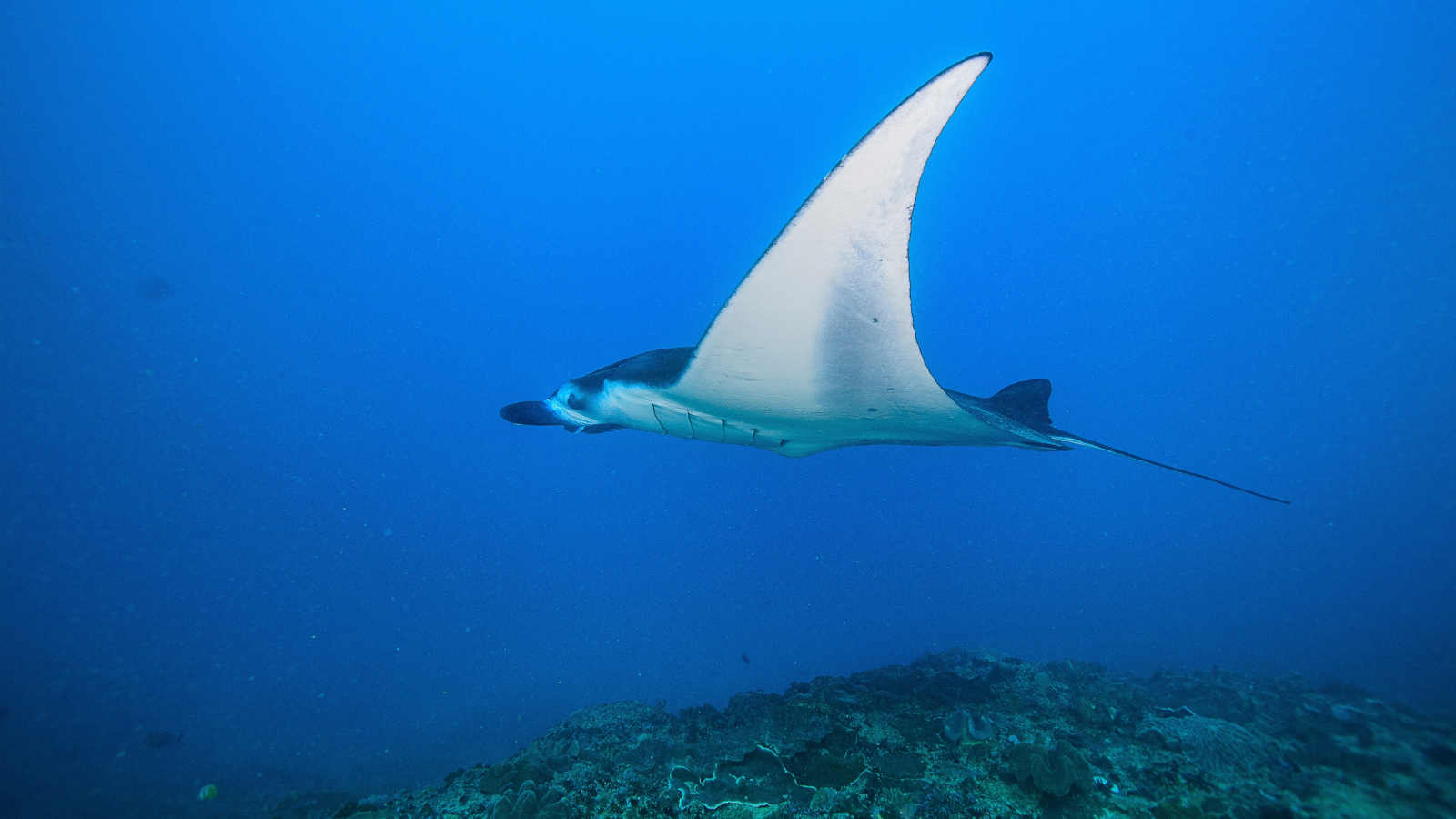
Manta rays, with their large size, tend to terrify those who come across them in the ocean, but they’re actually peaceful creatures. They feed on small fish and plankton and pose no threat to humans. Divers often find manta rays to be docile and approachable.
Tasmanian Devil

Known for their loud and fierce appearance, Tasmanian devils are actually low-threat to humans. They primarily feed on carrion rather than hunting live prey. The Department of Natural Resources and Environment Tasmania says, “They are very timid, quiet animals that would much rather run away than fight.” However, don’t forget that they are wild animals at the end of the day.
Komodo Dragon
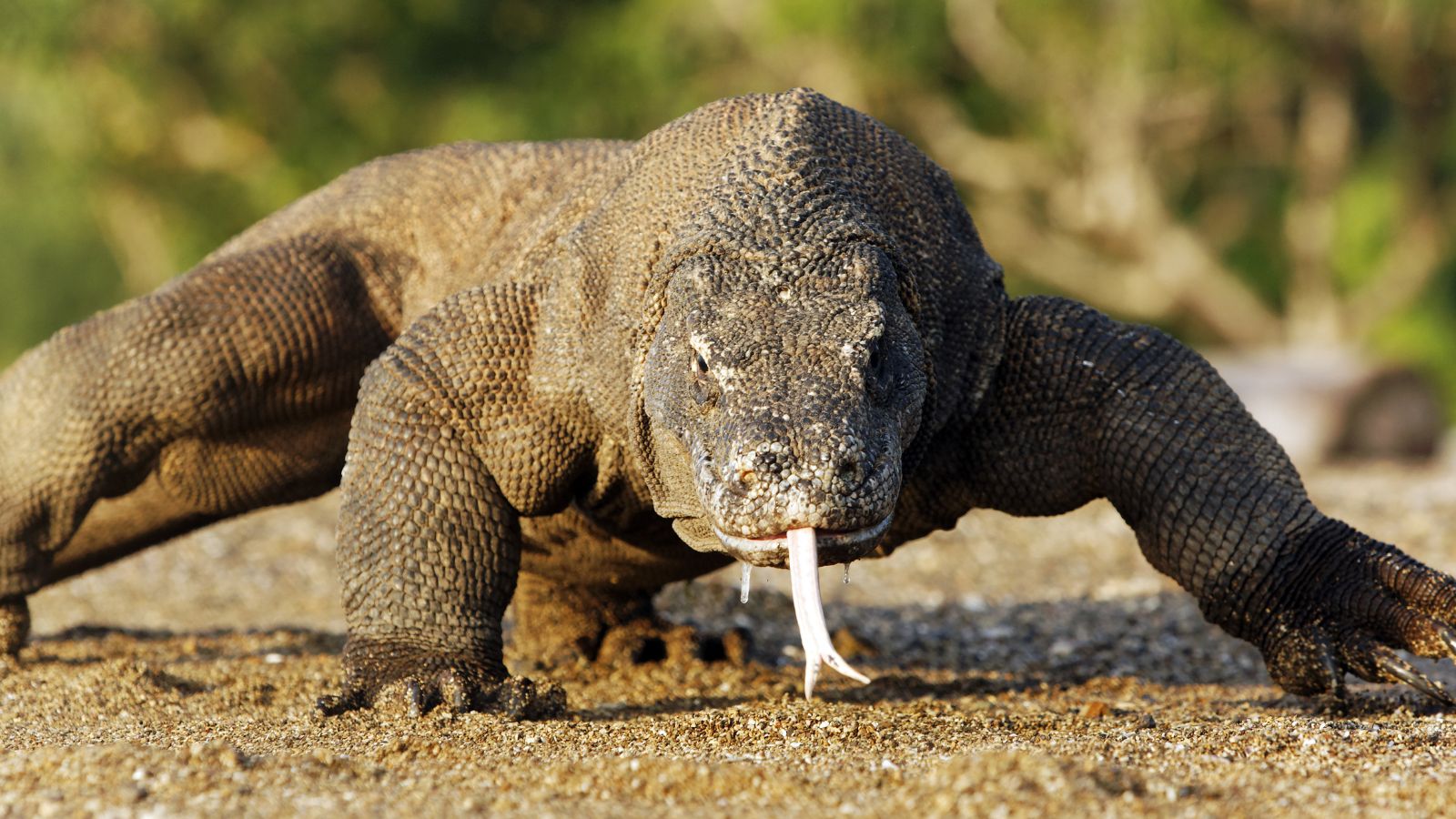
Despite being the largest living lizard and quite the terrifying sight, the Komodo dragon is surprisingly gentle around humans. These reptiles are predominantly carrion-feeders and not aggressive hunters, and human interaction with Komodo dragons, when respectful, is usually safe.
Reticulated Python

The reticulated python is one of the world’s longest snakes, but it is non-venomous and rarely attacks humans. They prefer to constrict their prey and are generally not a danger to people unless threatened. This species displays a more passive nature compared to other large snakes, though we understand why you may want to avoid them!
Honey Badger
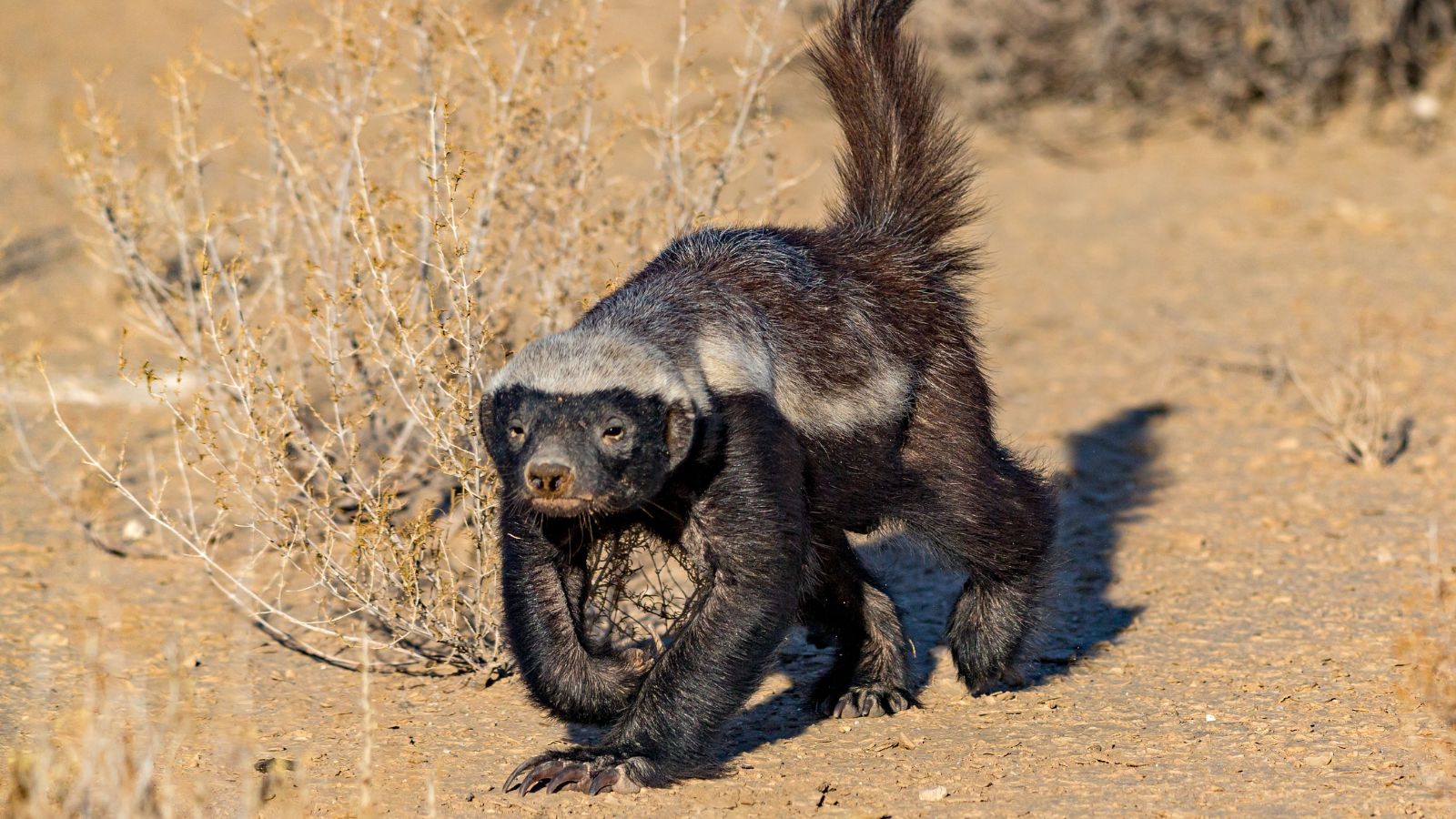
Although known for their tenacity, honey badgers usually avoid human interactions. They’re named for their fondness of honey and, in all honesty, are more interested in beehives than in confrontation. Their fierce reputation mostly pertains to their defensive behaviors, not unprovoked aggression.
Nurse Shark

You likely hear the word shark and want to run in the opposite direction, but this isn’t necessary with nurse sharks. They may look intimidating but they’re known for their docility. Sea Life Aquarium shares, “Despite their fearsome look, nurse sharks are friendly towards humans and not typically aggressive.”
Bearded Vulture

With a sharp beak and large wingspan, bearded vultures can appear terrifying. They’re large birds that feed mainly on carrion, however, posing no threat to humans. These vultures actually play an important ecological role, helping clean up the environment.
Crown-of-Thorns Starfish

Despite its venomous spines, the crown-of-thorns starfish is not aggressive toward humans. It primarily feeds on coral and is not interested in human interaction. Handling the beautiful starfish is not recommended, but it’s a harmless species in terms of human safety.
Southern Elephant Seal
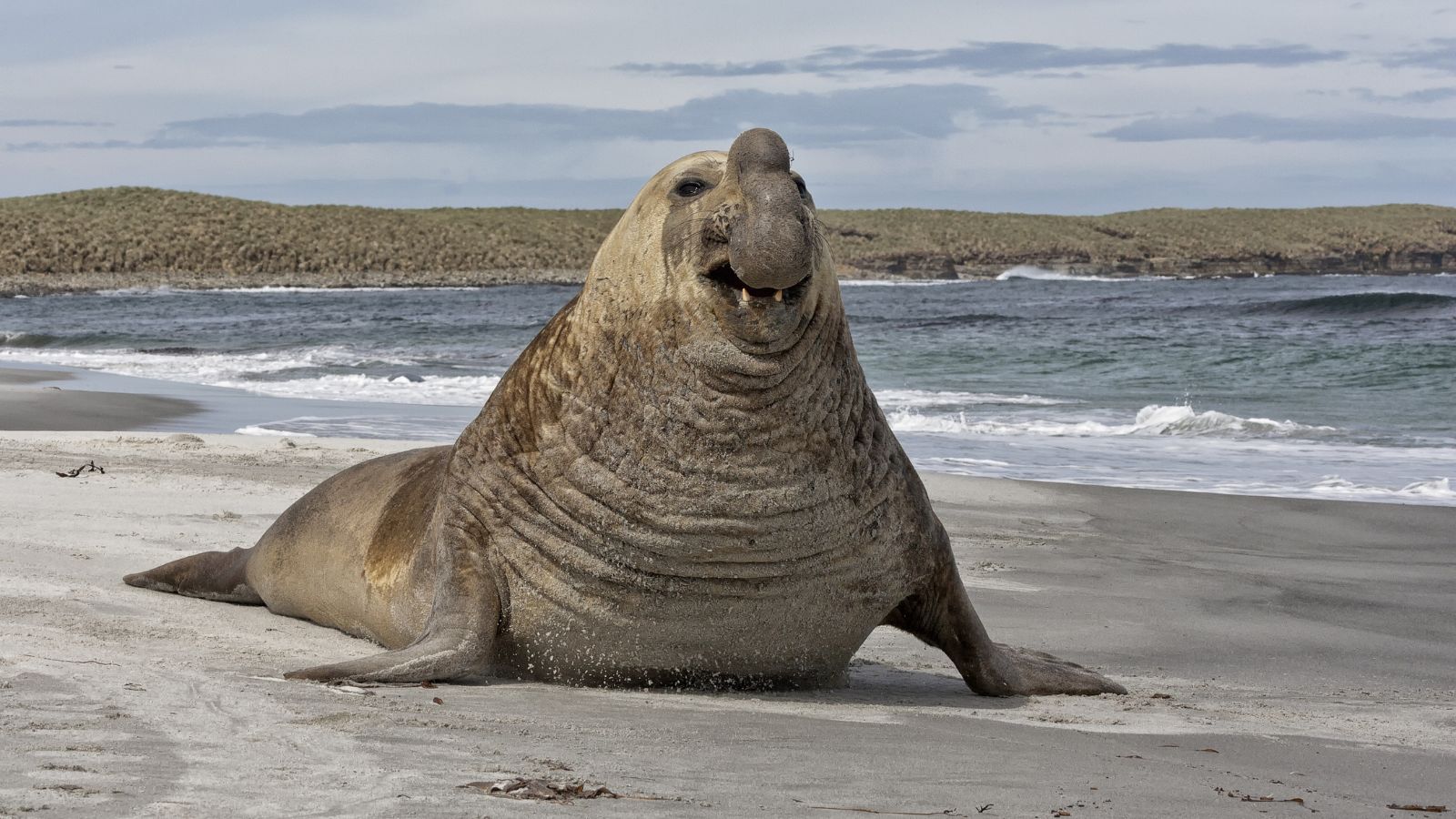
The southern elephant seal is the world’s largest seal and is generally not aggressive toward humans. Despite their size and loud vocalizations, these seals spend most of their time in the sea and avoid conflict. Observers often note their calm demeanor, especially in their natural habitat. Saying that, we don’t recommend that you approach them.
Thorny Devil

The thorny devil, covered in intimidating spines, is not dangerous to humans. According to Bush Heritage Australia, “It’s actually a harmless, slow-moving ant-eater.” Its primary diet, as suggested, consists of ants, and it poses no threat to larger animals. Despite its fearsome appearance, the thorny devil is a small, non-aggressive lizard.

